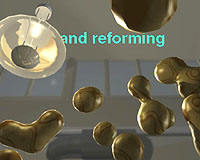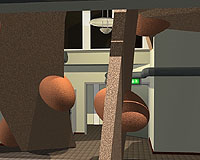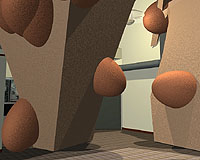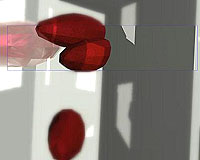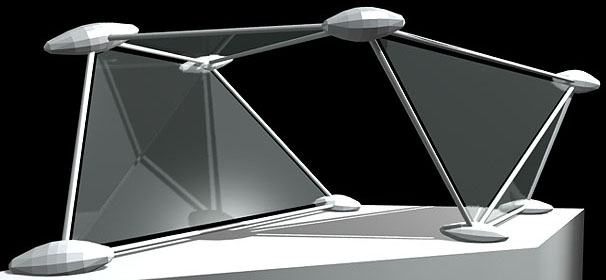|
SHELTER A spatial structure based on particle systems . . . . .
. . .
A new approach therefore looks at utilising the 3D printer for the nodes only which will then be connected with standard metal or perspex rods. A complex procedural model based on a series of Boolean operations has been set up within the animation software Houdini which hollows out the nodes and generates the muffs for inserting the connecting rods automatically as the particles travel on their unique paths. |
Research started during my IASPIS residency looked at Particle systems as a potential design tool for architecture.
In contrast to traditional design methods particle systems have the potential to generate a more 'natural' irregularity as their movement through space is guided by simple laws of physics. Each particle has specific attributes such as velocity, mass and a life expectancy which determine its behaviour within an environment. The environment in return acts on the particle through gravity, wind, turbulence etc. In the examples shown here further irregularity is added by copying self-similar shapes to the position of the particles ensuring that no two shapes are the same size or oriented in the same direction. Thus traditional production techniques - based on standardized elements fail, calling for automated fabricators such as the StrataSys 3D printer.
|

